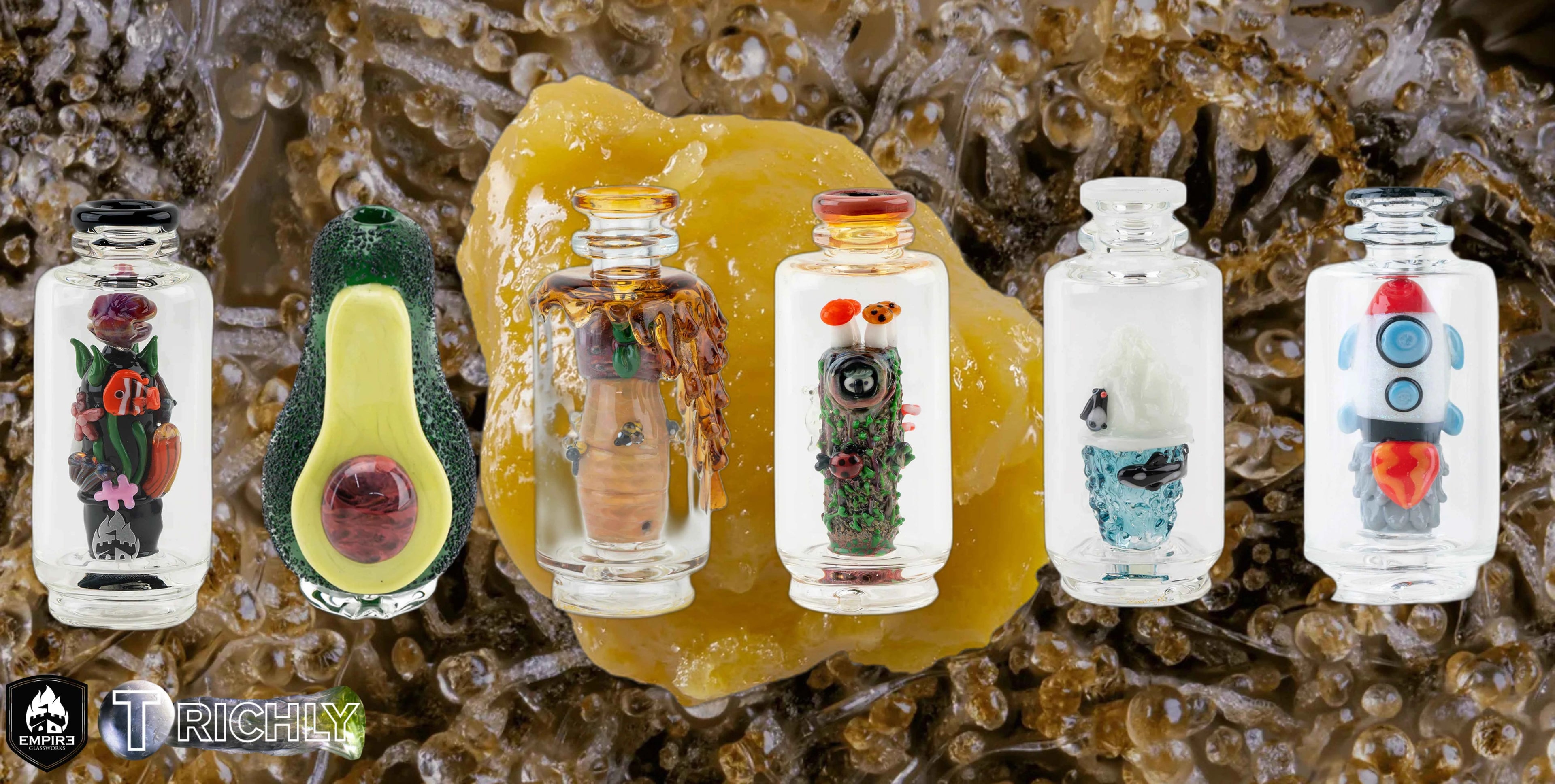Is the entourage effect real science, or just smart marketing? If you've spent time browsing cannabis or hemp products, you've probably seen the term thrown around. Brands love to highlight how cannabinoids and terpenes “work better together,” but is there real research to back that up? Or is it hype?
At Trichly, we believe in cutting through the buzzwords to get to the facts. Here’s what you need to know about the entourage effect—what it is, how it works, and what role terpenes and cannabinoids play.
What Is the Entourage Effect?
The entourage effect is the theory that cannabinoids, terpenes, and other compounds in cannabis work synergistically—meaning, they enhance each other’s effects when used together. Instead of isolating a single cannabinoid like CBD or THC, the whole-plant experience is believed to produce more balanced, beneficial effects.
This idea was first introduced by Israeli researcher Dr. Raphael Mechoulam in the early 2000s. His work suggested that cannabis compounds don’t operate in isolation; instead, they interact in complex ways that influence how you feel and what therapeutic outcomes you might get.
How Cannabinoids Interact
Cannabinoids like THC, CBD, CBG, CBC, and others interact with your body’s endocannabinoid system (ECS)—a vast network of receptors that regulate mood, pain, sleep, and more. But here’s where it gets interesting:
- CBD can reduce THC’s psychoactive effects, potentially making a high less intense and more manageable.
- CBG may enhance CBD’s anti-inflammatory properties, boosting relief for certain conditions.
- THC and CBD together may offer stronger pain relief than either one alone.
This isn’t just theoretical. A 2010 study published in the *British Journal of Pharmacology* showed that combining cannabinoids had a stronger effect on pain than using them separately. Similar studies have looked at epilepsy, anxiety, and even cancer-related symptoms.
The Role of Terpenes
Terpenes are the aromatic compounds that give cannabis its unique smell and flavor—think limonene (citrusy), myrcene (earthy), or pinene (piney). But they’re more than just scent molecules. Terpenes also interact with the ECS and may influence how cannabinoids behave in the body.
- Myrcene may enhance THC’s sedative effects, making certain strains better for sleep.
- Limonene is believed to elevate mood and reduce stress, possibly boosting CBD’s calming properties.
- Beta-caryophyllene can bind to CB2 receptors directly—acting almost like a cannabinoid itself.
When cannabinoids and terpenes are combined in specific ratios, the result could be more tailored effects—whether that’s energy, calm, focus, or relief. This synergy is the foundation of full-spectrum and broad-spectrum products.
So... Myth or Science?
The entourage effect is backed by emerging science, but it’s not fully proven. Clinical research is still catching up, and much of what we know comes from preclinical studies, anecdotal reports, and observational data.
That said, the trend is clear: whole-plant cannabis offers something unique that isolated cannabinoids can’t fully replicate. That’s why more brands—including Trichly—are formulating products with full-spectrum or terpene-rich blends.
Why It Matters When You Shop
Understanding the entourage effect helps you make smarter choices. If you want:
- Deeper relief → look for full-spectrum or strain-specific products
- Milder experiences → choose formulas balanced with CBD
- Targeted effects → pay attention to terpene profiles
At Trichly, we only sell products with these synergies in mind—because it’s not just what’s inside, it’s how it all works together.
Final Word
The entourage effect isn’t just a buzzword. It’s a guiding principle for how cannabis compounds can work in harmony. While the science is still developing, the early signs point to something real—and powerful. At Trichly, we’re here to make that science work for you.
Shop smarter. Feel better. Experience the entourage effect.


0 comments